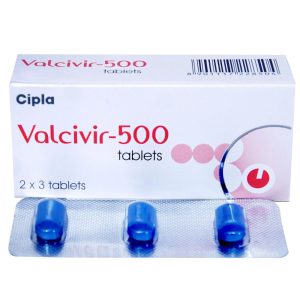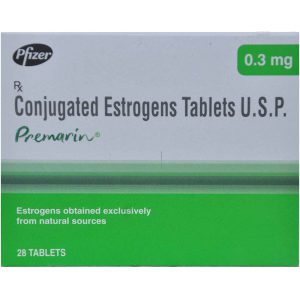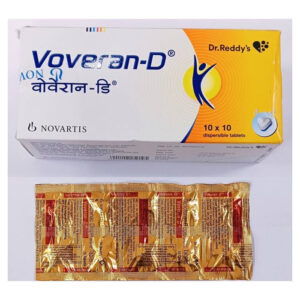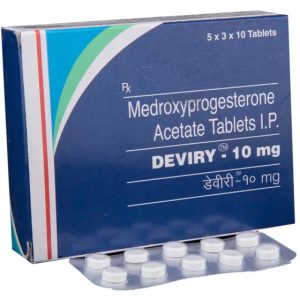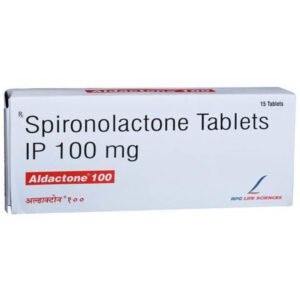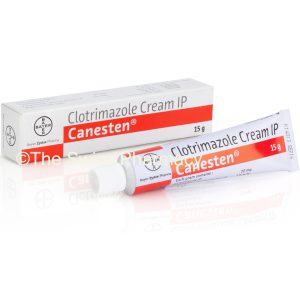Treatment Of Endometrial Hyperplasia – Endometrial Cancer And Progesterone Protection in Endometrial Hyperplasia
In the United States, endometrial cancer is the most common gynecologic malignancy. Worldwide each year, 142,000 women are diagnosed and 42,000 women die from this disease. The endometrium is the inner lining of the uterus that is cyclically shed and regenerated on a monthly basis. It is often subject to hyperplasia or overgrowth which is a pre malignant condition that can lead to endometrial carcinoma.
In fact, endometrial hyperplasia is the only known direct precursor of invasive disease / cancer. One in 38 American women (2.6 percent) will develop endometrial cancer during their lifetime. Endometrial cancer is the fourth leading cancer in incidence and the eighth leading cause of cancer deaths among women. The average age at diagnosis is the early 60s. Hence it is of vital importance to detect and treat its precursor – endometrial hyperplasia, as early as possible.
Risk Factors For Endometrial Cancer
OBESITY
Obesity is the most common cause of endogenous overproduction of estrogen.
Unopposed Estrogen Therapy
Tamoxifen(SOLTAMOX) used in Breast Ca management and ERT (Estrogen Replacement Therapy) used for menopausal women, increase the risk.
Menstrual And Reproductive Factors
These factors are commonly associated with endometrial cancer whenever anovulation is present or the duration of uninterrupted menstrual cycles is prolonged.
For example, early age of menarche and late age of menopause are both associated with increased risk. Classically, women with polycystic ovarian syndrome are anovulatory leading to unopposed estrogen effect on the endometrium.
Medical Co Morbidities
Diabetes mellitus, Hypertension, and Gallbladder disease are commonly associated with endometrial cancer.
Oral Contraceptive use for a period of at least one year confers as much as a 30- to 50-percent reduced risk of endometrial cancer, and risk reduction extends for 10 to 20 years. In essence, the progestin component has a chemo-preventive biologic effect on the endometrium. The potency of the progestin in most oral contraceptives is adequate, but higher progestin potency may be more protective among obese women. Progesterone intrauterine devices (IUDs) also confer long-term protection against endometrial cancer.
Smokers have a lower risk of developing endometrial cancer. The biologic mechanism is multifactorial but in part involves reduced levels of circulating estrogens through weight reduction, an earlier age at menopause, and altered hormonal metabolism. Both current smoking and past smoking have a long-lasting influence.
What Is Endometrial Hyperplasia
Hyperplasia is thickening of the endometrium due to an increase in the number and size of irregularly proliferating glands.
Types Of Endometrial Hyperplasia
Hyperplasias are classified as simple or complex. Hyperplasias are further designated as atypical if they demonstrate cytologic ATYPIA. Only atypical endometrial hyperplasias are clearly associated with the subsequent development of adenocarcinoma
Clinical Features Of Endometrial Hyperplasia
The risk factors for developing endometrial hyperplasia generally mirror those for invasive carcinoma. Two thirds of women present with postmenopausal bleeding. However, almost any type of abnormal uterine bleeding should prompt diagnostic evaluation.
Enviromental Factors
NUTRITION
A high dietary content of animal fat predisposes the western population. Immigrant populations tend to assume the risks of native populations within one or two generations, highlighting the importance of environmental factors.
OLDER AGE
Older age is another risk factor for developing endometrial cancer, with a peak incidence among women in their 70s. Overall, about 80 percent of diagnoses occur in postmenopausal women older than 55 years.
Family History
This cancer is the most common extra-colonic manifestation in hereditary non-polyposis colorectal cancer (HNPCC), also known as Lynch syndrome. Among women, the endometrial cancer risk actually exceeds that for colorectal cancer.
In general, most familial cases develop in premenopausal women. BRCA1 and BRCA2 mutation carriers mainly predispose women to breast and ovarian cancer—not endometrial cancer.
Diagnosing Endometrial Hyperplasia
Transvaginal Sonography
Transvaginal Sonography of endometrial thickness is a feasible method for predicting endometrial hyperplasia. Postmenopausal women with endometrial measurements of 5 mm or more, warrant biopsy. Alternatively, Pipelle (CooperSurgical, Trumbull, CT) office biopsy or outpatient dilatation and curettage (D&C) may be offered initially.
Hysteroscopy
Direct visual identification using hysteroscopy is inaccurate.
Carcinoma Antigen
Carcinoma Antigen (Ca -125) will highlight an ovarian tumor particularly, ‘Granulosa Cell Tumors’ which produce copious amounts of estrogen and further cause endometrial cancer.
Treatment Of Endometrial Hyperplasia
Non Atypical Hyperplasia
Progesterones (PROVERA / DEVIRY) are the mainstay of therapy.
How Does Provera Work
Provera is Medroxy Progesterone Acetate, a synthetic progesterone. It up regulates progesterone receptors in the endometrium causing decidualization of the hyperplastic endometrium which promotes shedding and loss of thickness.
Provera is effective in reversing endometrial hyperplasia.
Provera Dose In Reversing Hyperplasia
Higher than usual doses of Provera tablets are recommended. 20mg a day in two divided doses given cyclically for 12-14 days a month is proven effective, provided treatment is continued for at least 3-6 months. More details on generic Provera are given below.
Side Effects Of Provera
Just like any other progesterone it has side effects of mood disturbances, drowsiness, Irritability, weight gain, fluid retention, acne, abnormal uterine bleeding or irregular spotting and the usual chances of allergic reaction.
Myraid Uses Of Progestins
Provera is useful in the following gynecologic conditions as well:-
Inducing a withdrawal menstrual flow.
Progesterone challenge testing.
Postponement of regular menstrual flow.
Hormone replacement therapy along with estrogens
As a depot injection DEPO PROVERA for long term contraception
In very high doses (100 -300mg/day) as hormonal treatment for Endometrial Ca.
Other Treatments Of Endometrial Hyperplasia
Another frequently used option is to initiate a combination oral contraceptive pill (APRI/AVIANE/NORDETTE/MIRCETTE/OVRAL /LUTERA/YASMIN ).
Progesterone-containing IUDs are also effective (MIRENA).
In some patients, ‘Hysteroscopic Endometrial Ablation’ can be curative, but post treatment surveillance is more difficult, and subsequent hysterectomy rates are high Atypical Endomerial Hyperplasia warrants an urgent extrafascial hysterectomy.
Treatment Of Endometrial Hyperplasia – Conclusion
There is currently no role for routine screening of endometrial cancer for women at average or increased risk. Instead, at the onset of menopause, women should be informed about the risks and symptoms of endometrial cancer.
They should be strongly encouraged to report any unexpected bleeding or spotting to their health care provider. Fortunately, patients typically seek medical attention early due to vaginal bleeding, and endometrial biopsy leads quickly to diagnosis.
